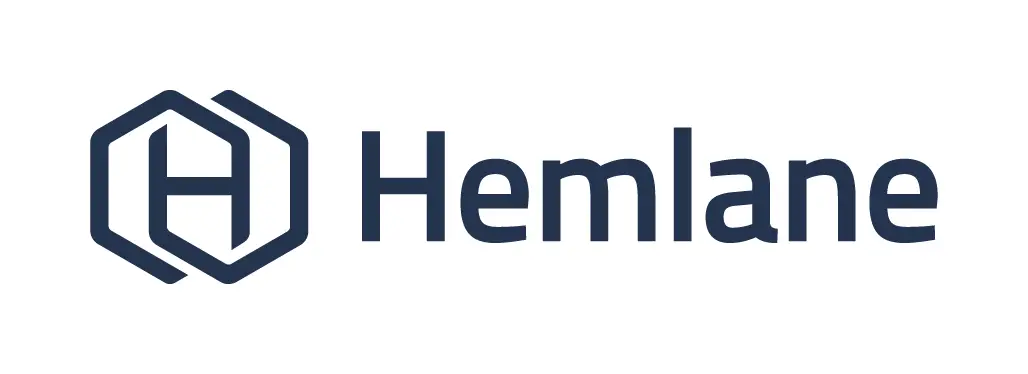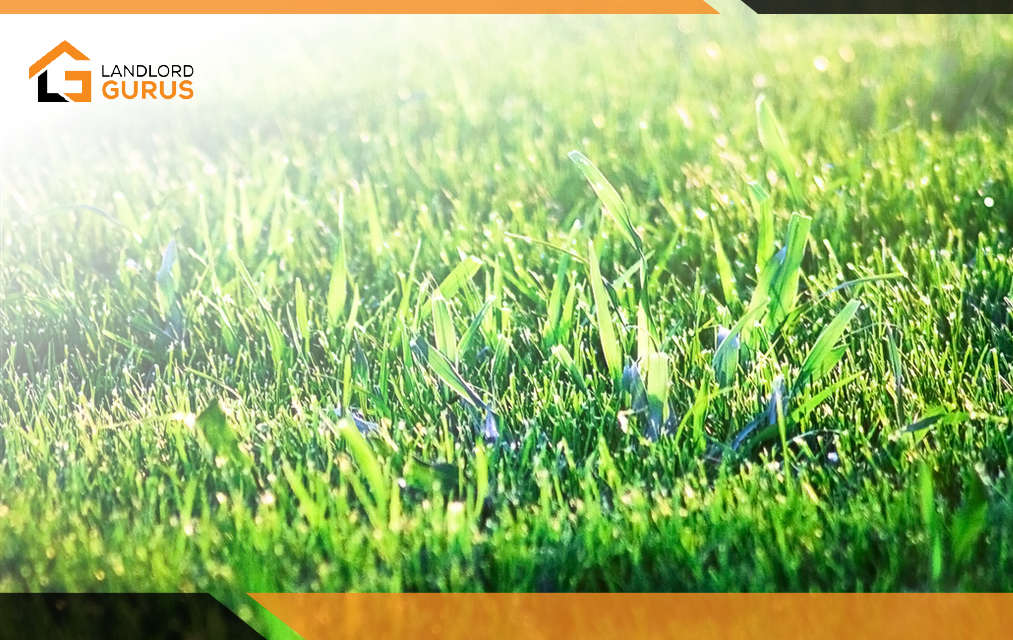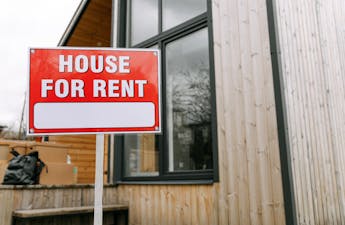To establish the ideal property maintenance checklist, first you need to understand your objectives. Strategic property maintenance is an investment in your property. A landlord is responsible when it involves the health and safety of their tenants. Overlooking routine tasks, neglecting repairs, and missing opportunities to make your rental more attractive will ultimately lead to higher turnover, fewer applicants, and costly deferred maintenance.
Using Property Management Software to Manage Maintenance
We’ve reviewed many of the top property management software products, and have evaluated them for the purpose of managing rental maintenance. Here are our favorites, depending on your needs:
| SERVICE | DESCRIPTION | RATING | MORE |
|---|---|---|---|
|
BEST OVERALL

|
RentRedi
|

50.0
|
Read ReviewSign Up Here |
|
24/7 COORDINATION

|
Hemlane
|

48.0
|
Read ReviewSign Up Here |
|
PROPERTY MANAGEMENT

|
Marble
|

49.0
|
Read ReviewSign Up Here |
Ranking Priorities
Electrical faults, pest infestations, drainage issues, slippery walkways, and water leaks are examples of maintenance issues that can negatively impact your rental business when left unaddressed. Landlords must address these issues quickly to avoid safety risks and potential long-term damages to their investment. Not all issues require such immediate attention, however.
Less pressing issues, while integral to keeping one’s tenants happy, don’t always require immediate attention. Common area cleanliness, landscape care, and periodic window cleaning are examples of maintenance concerns that can be afforded lower priority. Gutter cleaning, roof de-mossing, and changing furnace filters are examples of preventative maintenance items. Preventative, or proactive, maintenance items are cost-effective and help mitigate future costly repairs. Regular maintenance ensures that the value of your property does not depreciate over time. If you ever decide to sell, a well maintained rental will fetch higher prices and be far easier to market.
In this article, we will provide an overview of factors to consider when creating a property maintenance checklist.
Building Codes
It is the responsibility of the landlord to ensure the safety of their tenants. There are many building and safety codes that landlords must comply with. In many towns, landlords must have their property inspected before putting it up for rent. Property inspectors evaluate whether the rental complies with all building and safety codes, such as having all required smoke detectors. They also check the basic conditions of livability, such as having electricity, heat, and working plumbing.
Some building codes are uniform across the United States. Those include critical issues such as having safe stairs, handrails, smoke and CO detectors, and emergency exits. Similarly, the buildings you rent out must be structurally sound. Roofs must also be capable of doing their job to keep water and weather out. It is also up to landlords to ensure there are no environmental hazards. Toxic mold, asbestos, or exposed lead based paint are also considered environmental hazards.
Making sure your property is safe and meets required building codes is a responsibility, and it also protects you from needless liability. Landlords must educate themselves about relevant codes, and learn local laws regarding rental inspection programs.
![]() Related Read: Developing A Maintenance Checklist For Rental Property: Electrical, Fire Safety, & HVAC
Related Read: Developing A Maintenance Checklist For Rental Property: Electrical, Fire Safety, & HVAC
Maintaining Common Spaces
Common areas of a rental property can include exterior walkways, hallways, parking lots, and stairwells. Laundry rooms as well as entry lobbies are also common areas. Most states require landlords to keep common areas clean, secure, and free of hazards which might cause injury. While “clean” is subject to interpretation, other factors are not. Making sure there are no trip hazards, exposed wiring, or dark stairwells are examples of clear cut and serious responsibilities. Making sure spaces are adequately lit is another job of the landlord.
Not only are there health and safety issues to deal with in common areas, there are also benefits to staying on top of upkeep. Clean carpets, fresh paint, and welcoming furniture appeals to new applicants, and it helps keep tenants happy with the property. In addition to interior spaces, it pays to install and tend to simple but attractive landscaping that makes your property more desirable.
![]() Related Read: Avoid costly repairs with a rental property maintenance checklist
Related Read: Avoid costly repairs with a rental property maintenance checklist
The Basics
Tending to the basic systems of a rental should be part of any property maintenance checklist. We’ve already discussed a landlord’s responsibility to provide functional plumbing, heat, and shelter. Ensuring the maintenance of these systems is also important to running a profitable rental business.
Important routine maintenance tasks include servicing heating and cooling units, including regularly changing air filters. Some landlords choose to have a plumbing company come in periodically to “jet clean” the main plumbing drains, which reduces the risk of emergency backups. Inspecting and cleaning roofs can extend their lives, and finding problems early will head off surprise leaks. Checking sealant at windows, doors, and chimneys also helps avoid leaks and damage to your building. Simply looking under sinks can alert you to subtle leaks, and checking to make sure toilets are not running will save you money on wasted water.
It is the responsibility of the landlords to maintain standard living conditions in their properties. Using a property maintenance checklist helps you stay on top of these duties, as well as the preventative maintenance that helps save you money in the long run.
![]() Related Read: Manage Maintenance on Rental Property using Property Management Software
Related Read: Manage Maintenance on Rental Property using Property Management Software
Hiring The Best Service Providers
We have found that hiring a “Handyman” with a broad range of skills is the best way to deal with most property maintenance requirements. Someone who can unclog a sink, paint an apartment, and fix a closet door is a great asset. Even better is when you find someone who is good at interacting with your tenants, and who can be a regular and trusted resource for both you and your tenants.
It is ideal to find someone who can deal with minor plumbing and electrical issues, as those specialists are very expensive to bring in. You need to be cautious, however, to make sure you bring in specialists whenever the health and safety of your tenants, or your building, are concerned. While a handyman can generally change out a bad outlet safely, if you’re having work done on your electrical panel or doing new wiring it is best to hire a professional electrician. The same goes for plumbing and roofing, where the consequences of a mistake are too high.
Developing a thorough property maintenance checklist will not only help you with scheduling routine maintenance, it will also help you think ahead about the best service providers to hire for each task.
![]() Related Read: Routine Rental Maintenance: Security, Pest Control, & Exterior
Related Read: Routine Rental Maintenance: Security, Pest Control, & Exterior
Seasonal Property Maintenance Checklists
Some maintenance tasks are specific to the season. Here are some examples of jobs should arrange based on the time of year:
- Spring: installing new plants, setting up irrigation systems, and air conditioning system servicing.
- Summer: outdoor cleanup, check exterior sealant, have main plumbing drains cleaned, testing smoke detectors and carbon monoxide alarms
- Autumn: clean any slippery walkways, shut down irrigation, inspect roofing, check caulking and sealing openings, insulate pipes.
- Winter: check outdoor lighting, clear storm debris, de-ice walkways, install storm windows, and change furnace filters regularly.
A well-considered property maintenance checklist will help you remember all the important steps to good upkeep of your rental, and can also be used as a scheduling tool.
Landlord Gurus Takeaway
Staying on top of your rental property maintenance keeps your tenants safe and happy. It also reduces repair costs in the long run, as it helps avoid expensive emergencies. Following safety and building codes, maintaining common spaces, and performing certain seasonal maintenance activities will keep rental business running smoothly. Finding the best service providers to tend to the essential systems of your property helps you keep overall maintenance expenses reasonable.
Developing the ideal property maintenance checklist involves planning ahead so that you stay on top of the tasks that keep your rental profitable and attractive to tenants. It can also serve as a tool to ensure you have the best service providers in place to do maintenance tasks at the most beneficial time.
Additional Resources
As seen in so many other industries, companies are emerging to meet the needs of landlords and tenants using technology. Here are a few that offer to take some or all maintenance management burden off your shoulders:
- RentRedi App: Property Management Software Overview
- Hemlane Overview: Next-Gen Property Management
- Marble: Flat Fee Remote Property Management
In addition, we’ve written about some of the other key features property management software offers:
Disclosure: Some of the links in this post are affiliate links and Landlord Gurus may earn a commission. Our mission remains to provide valuable resources and information that helps landlords manage their rental properties efficiently and profitably. We link to these companies and their products because of their quality, not because of the commission.





Very nice way of presenting the property maintenance checklist. Thanks for sharing…
Thank you!